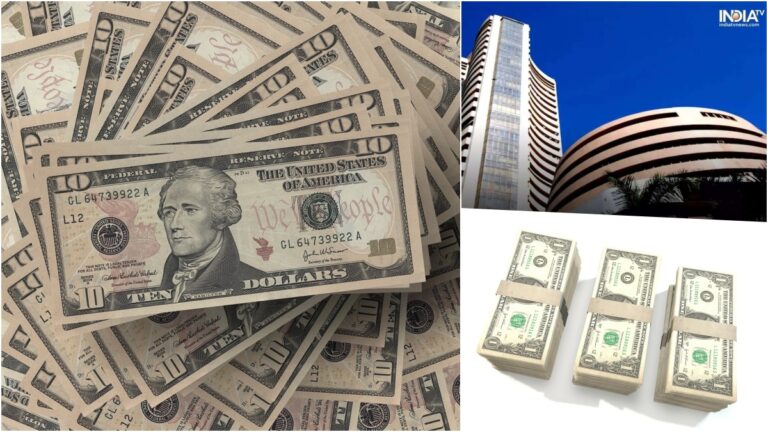[ad_1]
- hindi information
- Enterprise
- India Economic system Prediction | Fitch Score India GDP Development Forecast Replace
New Delhi7 minutes in the past
- copy hyperlink

International score company Fitch has elevated India’s financial progress estimate for fiscal 12 months 2025 from 6.5% to 7%. Together with this, the score company has estimated a 4% decline in retail inflation by the top of 2024. Fitch expects the Reserve Financial institution of India (RBI) to chop the repo price by 50 bps between July and December.
This transformation in Fitch’s forecast comes nearly two weeks after official knowledge from the Nationwide Statistical Workplace (NSO) confirmed that the nation’s GDP grew by 8.4% within the October-December interval, led by the manufacturing and mining sectors. Has elevated on account of higher efficiency.
What’s GDP?
GDP i.e. Gross Home Product is the most typical indicator of the standing of an economic system. GDP of a rustic tells the financial situation of the nation primarily based on the worth of all items and providers produced inside the nation in a sure time-frame (in India – 1 April to 31 March). On this, the international firms which produce inside the nation’s borders are additionally included. When the economic system is wholesome, unemployment ranges are often low.
There are two kinds of GDP
There are two kinds of GDP. Actual GDP and Nominal GDP. In actual GDP, the worth of products and providers is calculated on the base 12 months’s worth or steady value. At current the bottom 12 months for calculating GDP is 2011-12. That’s, the calculation was executed in line with the charges of products and providers in 2011-12. Whereas nominal GDP is calculated at present value.
How is GDP calculated?
A formulation is used to calculate GDP. GDP=C+G+I+NX, right here C means non-public consumption, G means authorities spending, I means funding and NX means web export.
Who’s liable for the fluctuations in GDP?
There are 4 necessary engines for growing or reducing GDP. The primary is you and me. No matter you spend contributes to our economic system. Second is non-public sector enterprise progress. It contributes 32% to GDP. Third is authorities expenditure.
This implies how a lot the federal government is spending to supply items and providers. It contributes 11% to GDP. And fourth is, web demand. For this, India’s whole exports are subtracted from whole imports, as a result of India has extra imports than exports, therefore its influence is adverse on GPD.
[ad_2]
2024-03-14 06:56:11
[




















+ There are no comments
Add yours